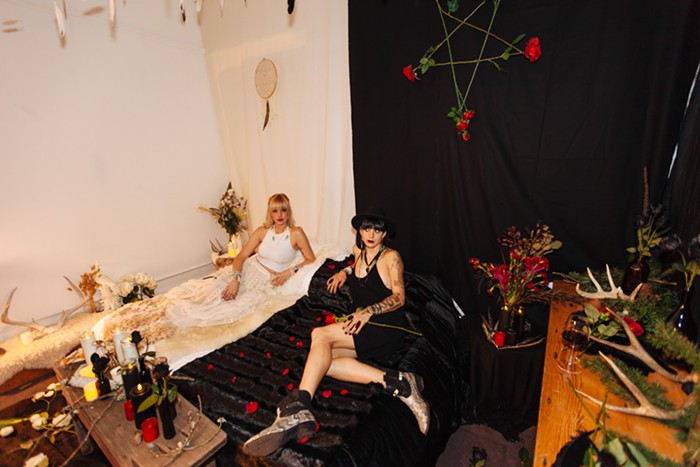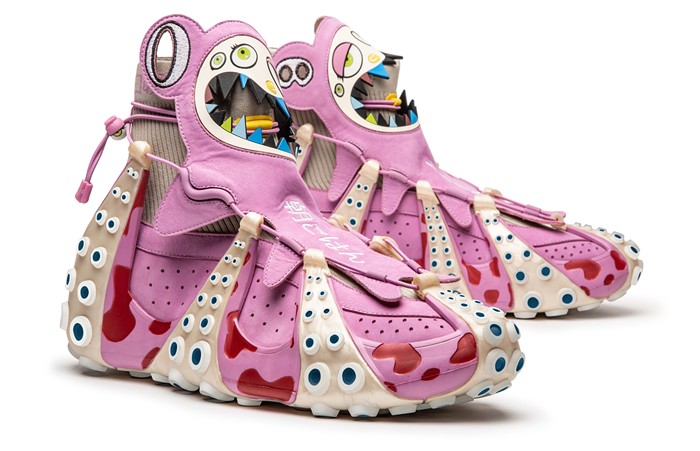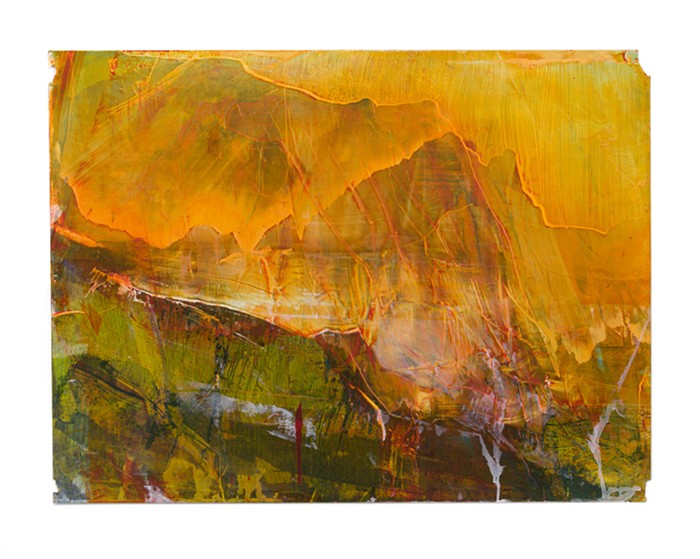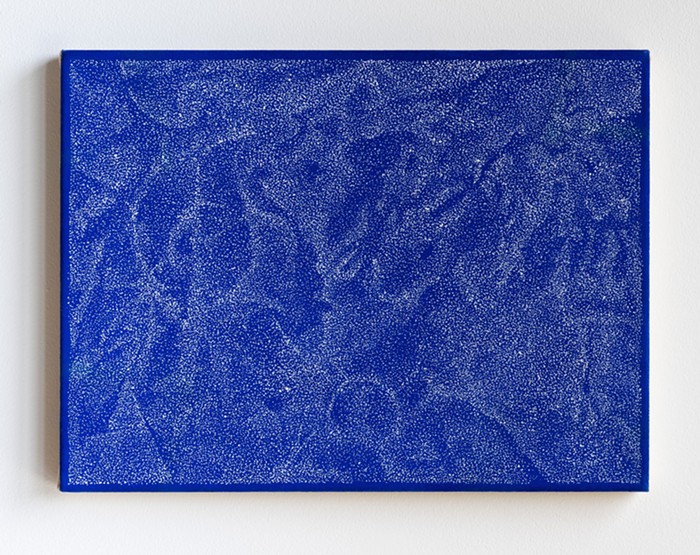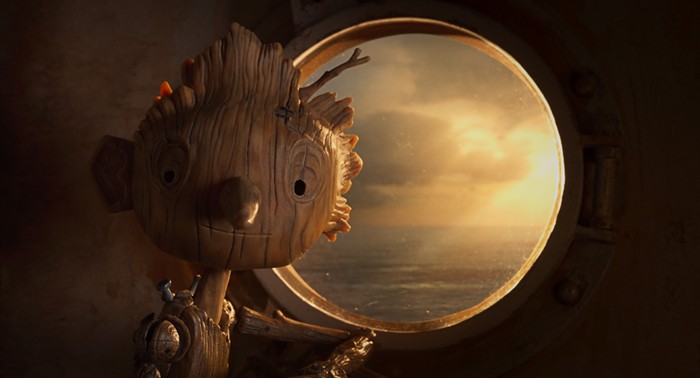There’s a funereal feeling to Cathy Wilkes’ show, currently installed at contemporary art gallery Yale Union. Wilkes required Yale Union to cover their enormous, west-facing windows for the show’s duration. Not only does this block any light and breeze these windows may have provided, it creates the shape of great white tombstones, visible both indoors and out.
Due to the heat of summer, the gallery’s rarely noticed atrium windows have been opened. Curator Hope Svenson explains this is to keep the space cool despite Wilkes' desired closed-in feeling. If you’re wondering why the gallery would go to such lengths to accommodate an artist, you may not appreciate the scale of the Irish artist’s international prestige. Next year, some of the pieces from this show will represent the UK in the 2019 Venice Biennale, which is just about the most prestigious contemporary art exhibition in the world.
The first thing I hear upon entering Wilkes’ show is that the artist is “resistant to interpretation.” Svenson explains that when reviewers try to affix meaning to the show, they generally fall back to cliché. The unnamed exhibit isn’t about death, confinement, women’s work, or mourning, the most Wilkes will allow is that her installations often make people sad.
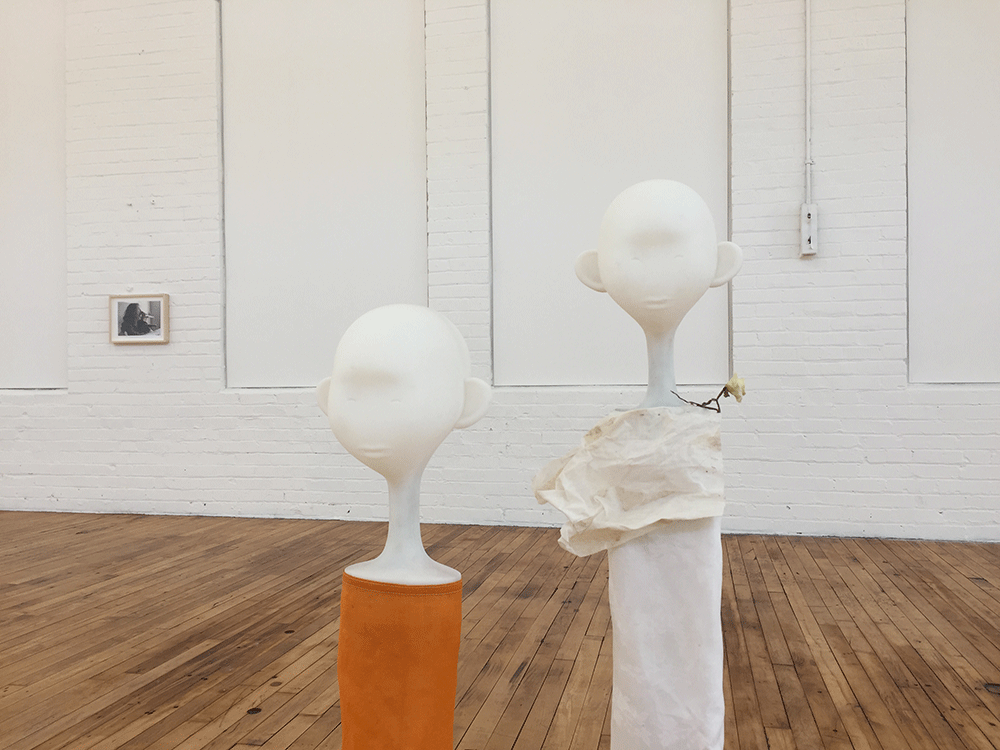
After the windows, the most noticeable aspect of Wilkes’ installation are the four child-like figures arranged on the gallery’s floor. In the past, Wilkes used fashion mannequins for her installations, which lent a comical and sexually charged element to her work. In recent years, she’s commissioned plastic casts based on, in Svenson’s words, “a drawing she made of a face” (which sounds so damn mysterious). The faces are small-featured with large, round ears, like those of a child. They gaze toward two large boxes covered in a rough, burlap-like cloth. “They’re graves,” Svenson says. At least we all agree the boxes are graves.
Farther from this central scene, on the gallery’s walls, are several photographs, some discolored fabric stretched over a wooden frame, and a crystal decanter suspended in a glass display case. Wilkes also carefully arranged an antique cup commemorating the life of Russian author Alexander Pushkin, a plate depicting the crucifixion of Christ, and several squares of rough fabric or paper on the floor. I momentarily imagine that, due to Wilkes’ refusal to explain the meaning of her show, I might be at an installation about the sorrow of abortion. That would be an interesting idea to sneak under our noses. I know there isn’t a meaning, but this installation would be a good place for a creative writing group to visit, since no theory is especially correct or incorrect.
